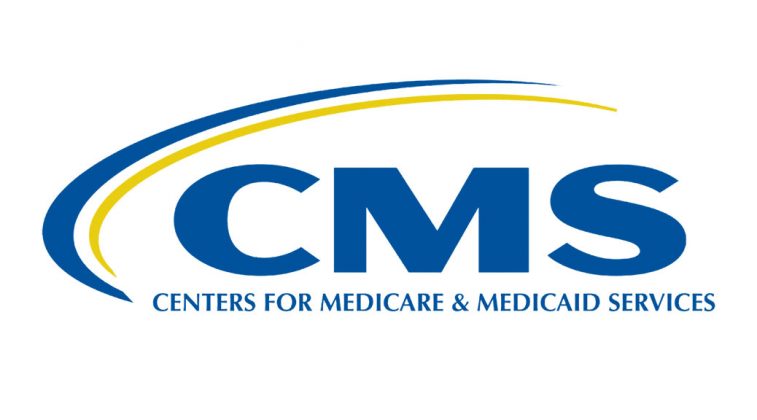The Centers for Medicare & Medicaid Services’ (CMS) Office of the Actuary has released projections of National Health Expenditures (NHE) and health insurance enrollment for the years 2023-2032. The Office of the Actuary projects that over 2023-2032, average annual growth in NHE (5.6%) will outpace average annual growth in gross domestic product (GDP) (4.3%), resulting in an increase in the health spending share of GDP from 17.3% in 2022 to 19.7% in 2032. The NHE estimates discussed in the report contain expected effects from the Inflation Reduction Act of 2022 (IRA), including anticipated effects associated with the law’s provisions regarding the redesign of Medicare’s Part D drug benefit, negotiations on certain high-cost drugs under Medicare Parts B and D, and expected enrollment and spending trends related to its temporary extension of enhanced subsidies for Marketplace plans.
NHE growth is projected to average 5.6% over 2023-32. This is lower than in 2023 when NHE growth was projected to have been 7.5%, faster than GDP growth of 6.1%, reflecting broad increases in the use of care associated with an insured share of the population of 93.1% (an unprecedented high). The high enrollment share in 2023 was related to record-high Medicaid enrollment and gains in direct-purchase insurance enrollment. Health care price growth remained modest during 2023 at 2.5% (as measured by the Personal Health Care Price Deflator). However, it was faster than the period immediately prior to the COVID-19 Public Health Emergency (PHE).
Over 2027-2032, personal health care price inflation and growth in the use of health care services and goods contribute to projected health spending that grows at a faster rate (5.6%) than the rest of the economy (4.1%).
The NHE is published annually and is often referred to as the “official” estimates of U.S. health spending and health insurance enrollment. The historical and projected estimates of NHE measure total annual U.S. spending for the delivery of health care goods and services by type of good or service (hospital, physician, prescription drugs, etc.) and by payer (private health insurance (PHI), Medicare, Medicaid, etc.).
To read the full article and see the NHE spending by major payers, click here.




